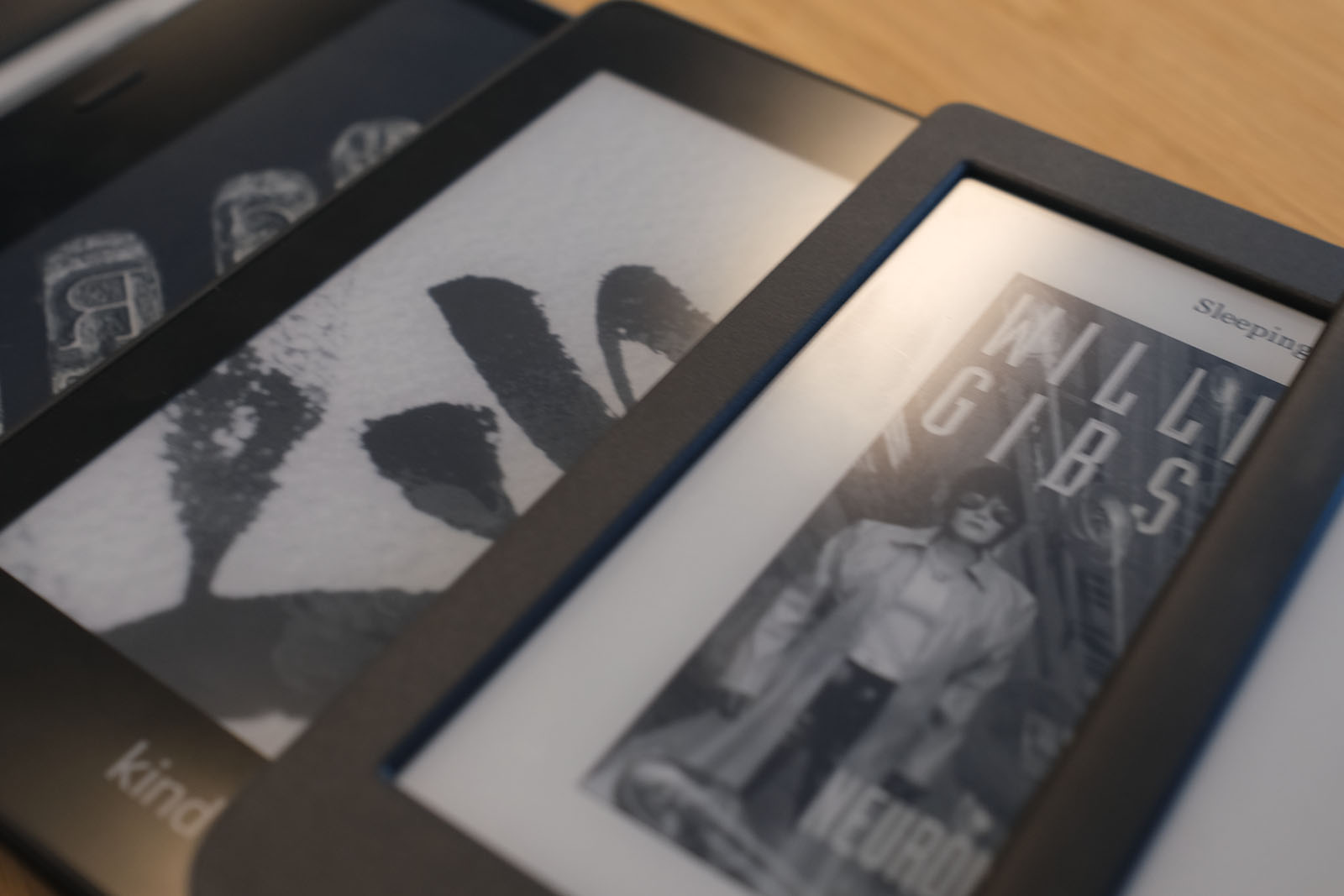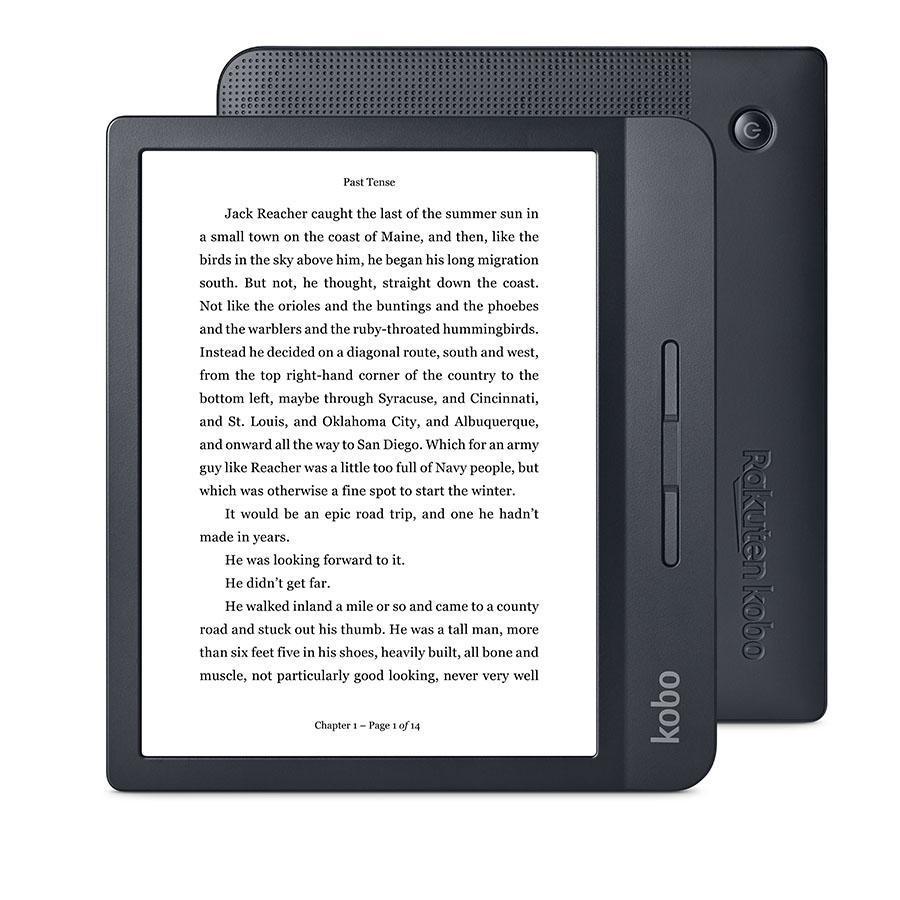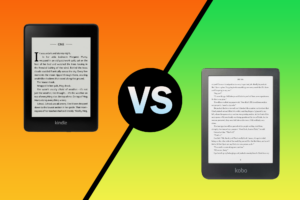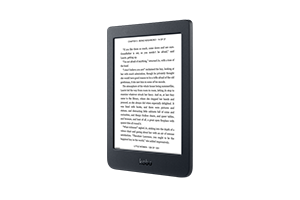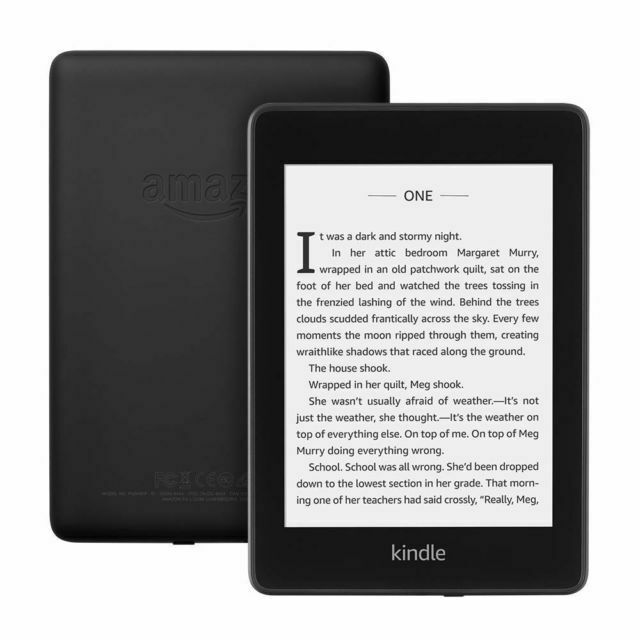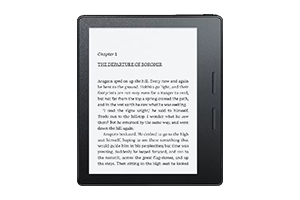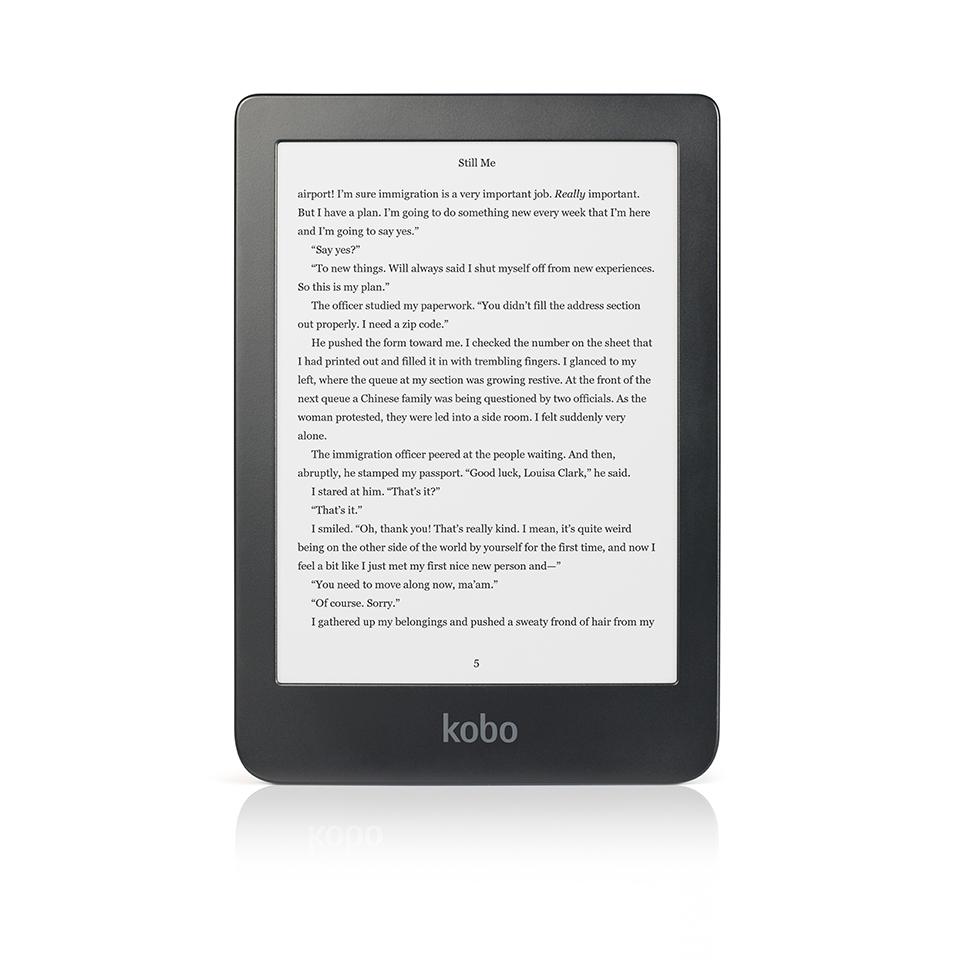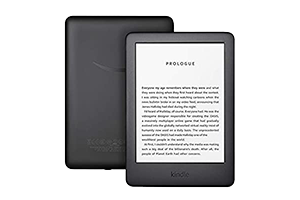Optus Mobile Review ALDI Mobile Review Amaysim Mobile Review Belong Mobile Review Circles.Life Review Vodafone Mobile Review Woolworths Mobile Review Felix Mobile Review Best iPhone Plans Best Family Mobile Plans Best Budget Smartphones Best Prepaid Plans Best SIM-Only Plans Best Plans For Kids And Teens Best Cheap Mobile Plans Telstra vs Optus Mobile Optus NBN Review Belong NBN Review Vodafone NBN Review Superloop NBN Review Aussie BB NBN Review iiNet NBN Review MyRepublic NBN Review TPG NBN Review Best NBN Satellite Plans Best NBN Alternatives Best NBN Providers Best Home Wireless Plans What is a Good NBN Speed? Test NBN Speed How to speed up your internet Optus vs Telstra Broadband ExpressVPN Review CyberGhost VPN Review NordVPN Review PureVPN Review Norton Secure VPN Review IPVanish VPN Review Windscribe VPN Review Hotspot Shield VPN Review Best cheap VPN services Best VPN for streaming Best VPNs for gaming What is a VPN? VPNs for ad-blocking If you’re a bookworm looking to go digital, you only have two choices of brands (Kindle or Kobo) and half a dozen models to choose from. That said, with fewer options, it can often be even trickier to narrow down which one is best for you. To help make that decision a little easier, we’re breaking it down into three price categories: budget (under $150), mid-range (under $250), plus our top pick overall. This beast has it all - waterproofing, page-turn buttons, adjustable warm light, comfortable design and larger 7-inch, 300ppi display which, in my experience, is the perfect size for reading most books - especially graphic novels (albeit in black and white). Plus, despite its premium features, it could still reasonably be called ‘mid-range’ thanks to its very reasonable $269.95 price tag. Honestly, we can’t see any reason to opt for the more expensive Kindle Oasis or massive 8-inch Kobo Forma over the Libra H2O other than if you really, really want your screen to be flush with the device’s bezels or want your ereader made from a more premium material. Other than that, there’s no beating the all-round killer value that the Libra H2O offers. While the Kindle Store admittedly has pretty much every book under the sun, it’s basically your only option for buying books on a Kindle. With the Kobo Nia, you can purchase ebooks from the Kobo Store, third-party retailers like Booktopia and Dymocks, and even borrow ebooks from your local library. Design-wise, the Nia comes up trumps yet again with its grippy backing (perfect for long reading sessions) and 6-inch higher-resolution 212ppi display, compared to the meagre 167ppi display (also 6-inch) found on the base Kindle. It’s comfortable to hold, reasonably priced, and thanks to its slim, lightweight, waterproof design, the Paperwhite is the perfect companion for everything from commutes to beach trips. Like the Kobo Libra H2O, it sports a 7-inch, 300ppi display and page-turn buttons for easy single-handed reading. It looks great and is reasonably comfortable to hold, but when you can get the Kobo Libra H2O for more than $100 less, it’s a far less tempting deal. Though the Clara HD isn’t waterproof, it does feature the latter, so for avid nighttime readers, there’ll be less eye strain than you’d find with the basic white light found on the Paperwhite. We also prefer the Kobo’s software and the fact that it’s compatible with any .epub file, which are far more ubiquitous than Kindle’s proprietary ebook files. On the other hand, if your ebooks have been acquired from a third party, you’ll want to make sure that any potential ereader will play nice with that format: be it MOBI or EPUB. Those with a particularly large library may want to double check that their device has enough storage space to accommodate it all. Beyond these more technical specs, other considerations here should include water resistance and backlighting. The former will mean you can comfortably take your ereader to the beach or pool without worries, while the latter will make it practically possible to keep reading in low-light situations where it wouldn’t be otherwise. The final thing that shoppers may want to consider before pulling the trigger on any ereader is the size. Most ereaders tend to be either 6-inches or 7-inches in size, and it might be worth taking the time to drop by your local JB Hi-Fi and get a sense of which form-factor is more comfortable for you. For a full breakdown of the differences between the two (and which brand we prefer), check out our full Kindle vs Kobo guide. Whether an ereader is worth it arguably comes down to how much you read and how much more convenient that an ereader would be relative to physical books. If you’re only reading a single paperback every few months, maybe dropping a couple hundred dollars on a nice reader is hard to justify. However, if you’re a more ravenous reader or frequently irked by the inconvenience of having to fit a hardbacked volume into your bag, then a dedicated ereader is probably going to be worth the money. Meanwhile, an ereader is a slate-like device that’s primarily designed for the reading of ebooks. To build on the analogy above, it’s basically an iPod for ebooks. While there are some advantages that come with using a tablet like the iPad as an ereader, something more specialised like a Kindle can offer better battery life and an overall more pleasant reading experience. Studies have shown that e-ink displays like the one on the Kindle induce less eye strain than LCD screens do. It can be used as, and might well make sense, as an ereader for some consumers, but it’s just one of many things that the iPad can do rather than the sole niche that the Kindle caters to.
